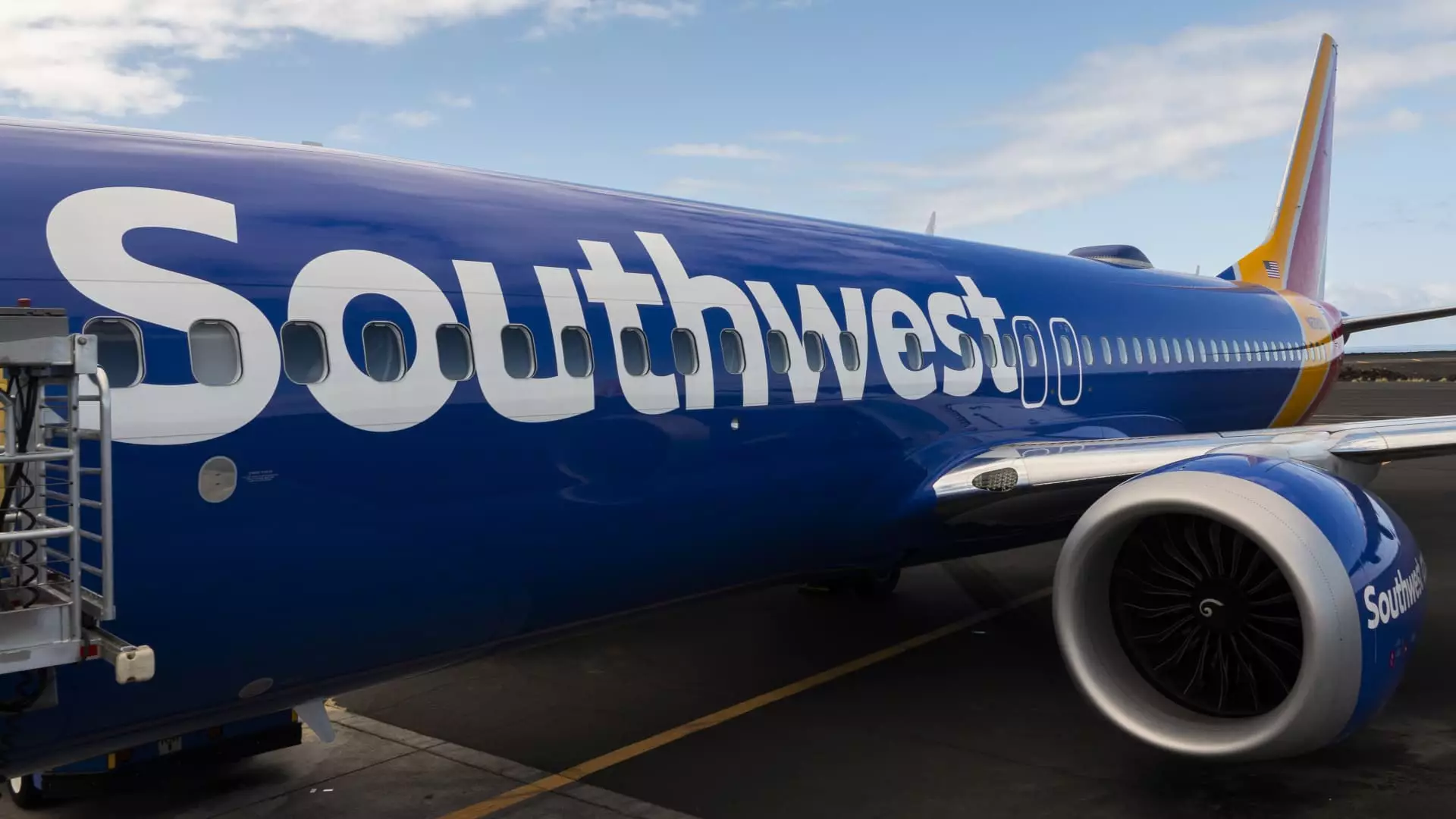Southwest Airlines recently announced a significant decrease in its second-quarter revenue forecast, which resulted in a 4% drop in the company’s shares during premarket trading. The airline cited changing booking patterns as the main reason for this adjustment. Initially, Southwest expected a 1.5% to 3.5% decline in revenue per available seat mile for the second quarter compared to the previous year. However, this estimate has now been revised, with the airline anticipating a more substantial decline between 4% and 4.5%.
In addition to the revenue forecast adjustment, Southwest also revealed that its unit expenses, excluding fuel, could increase by as much as 7.5% compared to the year-earlier period. This is a significant change from the previous expectation of no change in unit expenses. Moreover, the airline’s capacity is projected to rise by up to 9%, a stark contrast to the flat growth it had initially forecasted.
Industry Challenges
The airline industry as a whole is facing challenges due to higher costs and increased capacity, which have put pressure on ticket prices and profit margins. Southwest, like many other carriers, is grappling with these industry-wide issues. The company’s revenue management strategy has also been impacted by the changing booking patterns in the current dynamic environment, leading to adjustments in its revenue forecasts.
Southwest Airlines is currently facing activist investor pressure from hedge fund Elliott Management, which has called for a leadership change at the company. The airline’s CEO Bob Jordan and Chairman Gary Kelly have been targeted for replacement, with the claim that Southwest is underperforming and in need of a new direction. Despite this pressure, Southwest remains confident in its leadership and is exploring new revenue initiatives such as seating assignments and premium seating options.
Southwest Airlines acknowledges the need to adapt to changing customer preferences and behaviors in order to stay competitive in the market. CEO Bob Jordan emphasized the company’s commitment to evolving alongside its customers’ changing needs. This customer-centric approach is essential for Southwest to remain relevant and profitable in an increasingly competitive industry landscape.
Overall, Southwest Airlines’ recent challenges highlight the importance of staying agile and responsive to evolving market dynamics. By making strategic adjustments to revenue forecasts, expense management, and customer offerings, the airline aims to navigate through the current industry challenges and emerge stronger in the long run.

